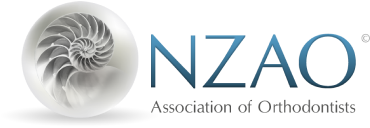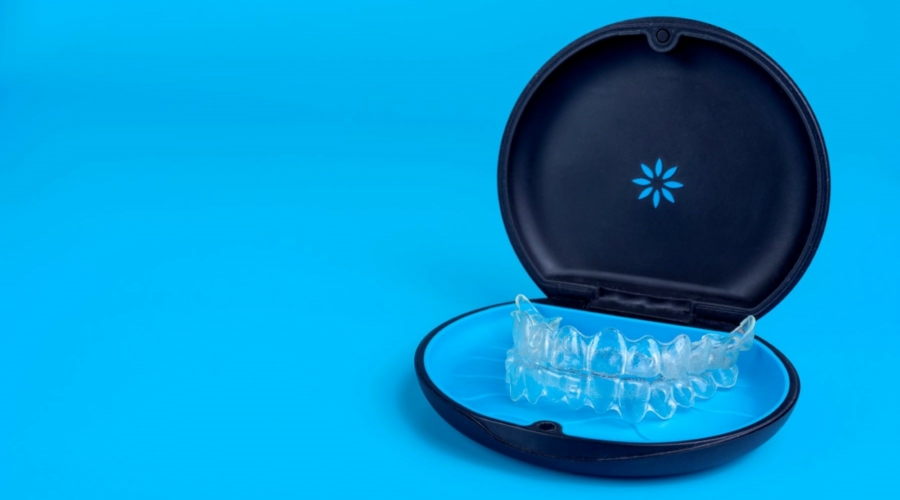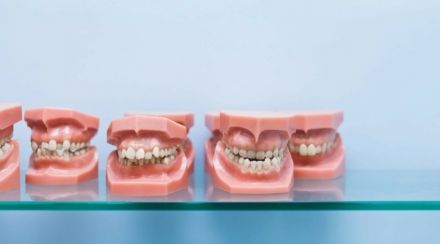In the world of orthodontics, Invisalign has emerged as the dominant clear aligner brand. Clear aligners are an alternative to braces when it comes to straightening your teeth and improving your bite. Clear aligners, like Invisalign, offer some positive benefits over braces, but equally, they have limitations with their uses too.
This guide is designed to be free of marketing exaggerations and your number one truthful source on everything you need to know about clear aligner brand Invisalign.
What is Invisalign?
Invisalign is a newer treatment modality in orthodontics that uses custom-made, clear plastic ‘aligners’ to gradually shift your teeth into a more desirable position.
Invisalign aligners are aesthetic, removable, and do not involve brackets or wires, making them an increasingly popular choice among both teenagers and adults, if the orthodontic case allows.
At the start of your treatment, your Orthodontist will take a high-precision 3D scan of your mouth, mapping every aspect of the teeth and gums. Using this map, a series of transparent plastic aligners are designed and manufactured to fit your very own teeth.
The aligners exert slight pressure on your teeth, causing them to move gradually over time. Every one to two weeks, at your Orthodontist’s direction, you’ll switch to the next set of aligners, further guiding your teeth towards their desired alignment. The treatment’s progress is still regularly tracked by your Orthodontist to ensure the teeth are moving as your virtual Invisalign simulation has predicted to ensure optimal and efficient results.
One of the major attractions of the Invisalign system is its removability. The aligners can be taken out while eating, brushing, or flossing. They can also be removed for that important presentation or dinner date – a convenience that traditional braces do not offer. This eliminates the list of foods to typically avoid if you were instead wearing dental braces and makes maintaining oral hygiene much easier.
Effectiveness of Invisalign
Invisalign can be as effective as traditional braces in moving teeth. Despite their vastly different designs, both treatment options aim to fix some similar orthodontic issues – such as crowding, spacing, and various types of bites (mild to moderate overbite, underbite, crossbite, etc.). However, Invisalign does has limitations with efficiently and effectively treating more severe bite and alignment issues, so it is important that you consult a Specialist Orthodontist to see if Invisalign is suitable to achieve the bite and smile you deserve.
In the right case, Invisalign’s clear plastic aligners guide teeth into proper alignment gradually and gently and, in many cases, treatment times are quite similar to those with braces.
Where Invisalign excels is in providing a seamless fit with your daily life. Its removable design results in limited disruption to your routine, which can be a significant advantage over traditional braces.
Another benefit of Invisalign is that, using advanced 3D technology, patients and Orthodontists can see the projected transformation of their smiles right from the beginning of the treatment. This simulation tool allows patients to look forward to their results.
As already alluded to, despite the positives associated with Invisalign, it’s important to note that not all cases may be suitable for Invisalign, despite what marketing material produced directly by the company may tell you! Complex or severe cases may still require traditional braces. However, the effectiveness of Invisalign in a broad spectrum of cases, along with its added benefits concerning comfort, ease of maintaining oral hygiene, and convenience, make it a compelling choice for many seeking to straighten their teeth and correct their bite.
The Invisalign Treatment Process
The Invisalign treatment process involves several stages, each contributing to the ultimate goal of achieving a straighter, more beautiful smile. Here’s a detailed insight into what to expect:
Step 1: Consultation
The first step is an initial consultation with a specialist Orthodontist who is a certified Invisalign provider. Orthodontists are always preferred to dentists as they have an extra 3 years of University level training in orthodontics, so you know you are being looked after by an expert in the field. During this visit, your Orthodontist will assess your teeth, discuss your goals, and determine if you’re a suitable candidate for Invisalign.
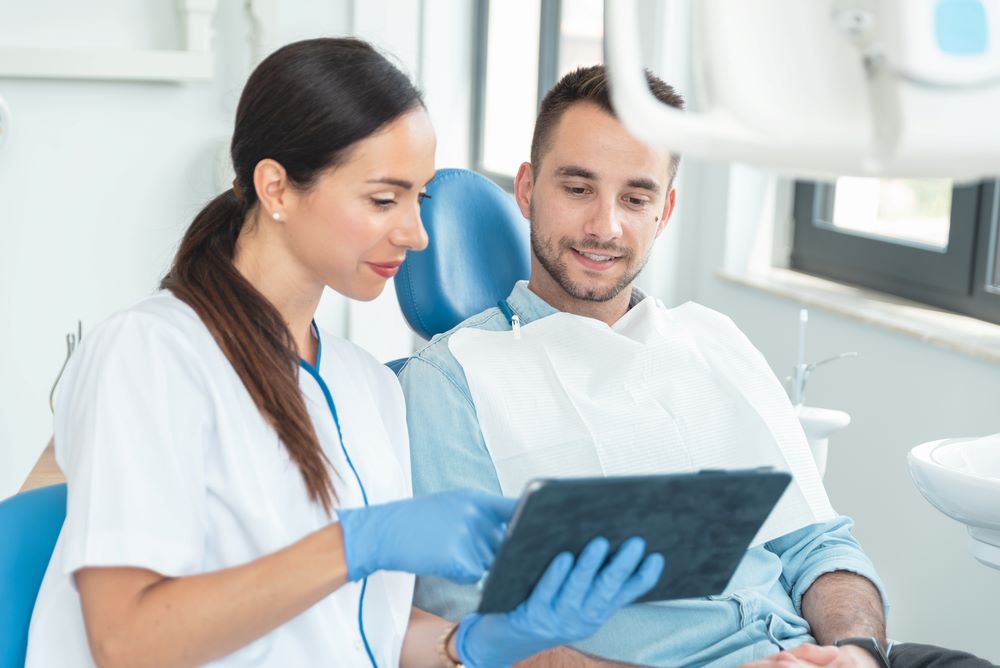
Step 2: Custom Treatment Plan
Once you’re deemed a good fit for Invisalign, your provider will take a full set of photos and digital scans of your teeth to create a precise 3D virtual model. Using this model, your Orthodontist will map out a personalised treatment plan indicating how your teeth will move over time and the expected result. To complete the diagnosis and treatment planning, the Orthodontist will also need to take x-rays to ensure nothing is missed that cannot be seen during a clinical examination.
You’ll get to see a digital representation of your teeth’s transformation even before the treatment begins.
Step 3: Fabrication of Aligners
Your specific treatment plan is sent to the Invisalign lab where your custom aligners are fabricated using advanced 3D printing technology. Aligners are usually made of flexible, medical-grade, BPA-free plastic.
Step 4. Placing your attachments and wearing your Aligners
Once ready, you will present to your Orthodontist’s practice. He/she will bond your “attachments”. Attachments are small tooth-coloured composite nodules, all of different shapes and sizes, that help to anchor your Aligners in your mouth or help to move the teeth. Once you receive your first set of aligners, they should be worn for 20 to 22 hours a day. They should only be removed for eating, drinking (anything except water), brushing, and flossing.
Step 5: Regular Check-Ins and New Aligners
You’ll typically switch to a new set of aligners every 1 to 2 weeks, each designed to continue moving your teeth into their desired positions. Your Orthodontist will advise on how often to change your Aligners. Regular check-ins with your Orthodontist are often required every 6 to 12 weeks to monitor progress and receive your next set of aligners.
Step 6: Completion of Treatment
Once you’ve gone through all your aligners and your teeth have moved into their final positions, you’ve reached the end of treatment. However, to ensure your teeth don’t shift back over time, you’ll likely have to wear a retainer. Your retainer options can be discussed with your Orthodontist.
Sometimes, when you’ve worn all your Aligners, the teeth may not have moved into their perfect positions. If this is the case, your Orthodontist may offer you the opportunity for an updated 3D scan, so another set of Aligners can be ordered from Invisalign. These subsequent Aligners will then move your teeth towards their final positions.
Timeline of treatment
When it comes to straightening your teeth with Invisalign, one of the most common questions is, “How long does it take?” Understanding the duration and timeline of the treatment can help set appropriate expectations and contribute to a more rewarding orthodontic journey.
The timeline for Invisalign treatment varies widely among individuals, largely depending on the complexity of their orthodontic issues.
Generally, minor alignment concerns usually take less time to correct than more complex orthodontic issues.
That said, just as traditional braces require an average of 18 months to two years for full results, a typical Invisalign treatment course runs much the same. However, please note that some simpler cases could see improvements in as little as six months, while more severe ones might require more than two years for optimal results.
Now, when can you start to see those exciting changes? Most patients notice a difference in their teeth alignment in as little as two to three months into treatment. This early visible progress can be highly encouraging and helps reassure that your teeth are moving in the right direction.
It’s also important to remember that your treatment’s speed depends equally on your compliance with wearing the aligners. The aligners must be worn for 20-22 hours a day, and failing to do so may slow down the alignment process, prolonging the overall treatment duration.
Regular visits to your Orthodontist are an integral part of the treatment timeline, as these visits allow monitoring of your progress and adjustments as necessary.
Who is eligible for Invisalign?
In general, Invisalign can effectively treat a broad array of teeth alignment and bite issues. These range from minor concerns like slight crookedness or gaps to more complex problems such as overbites, underbites, crossbites, and moderate levels of crowding. Therefore, if you have any of these issues and want a less noticeable option than traditional braces, you might be a good candidate for Invisalign.
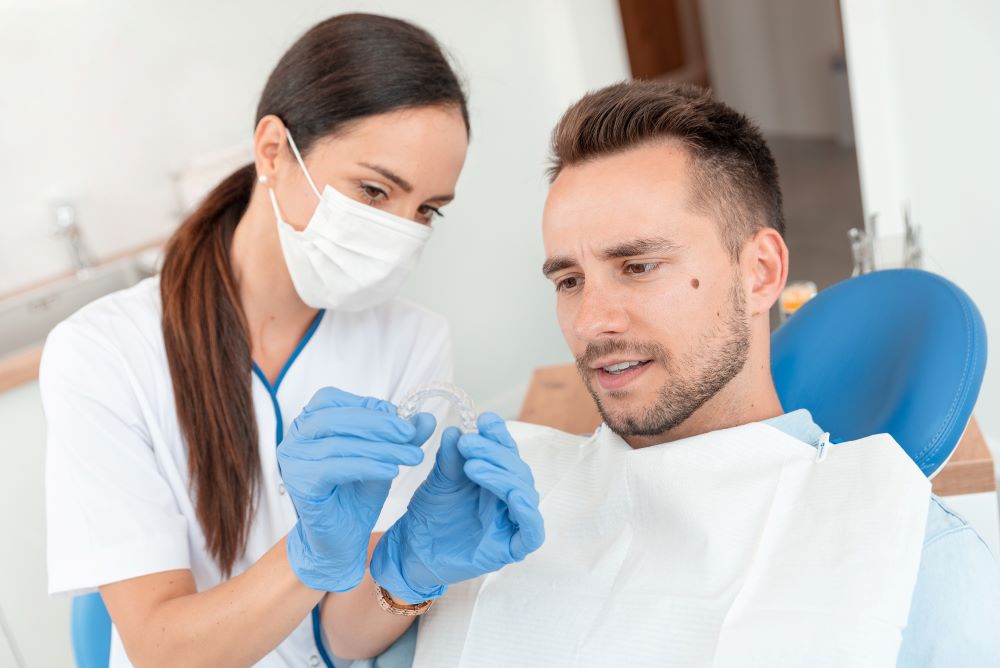
Age is another factor to consider. Invisalign treatment is available for nearly all age groups – from children and teenagers to adults. For teens, the availability of Invisalign will depend on the stage of their dental development. Most Orthodontists recommend waiting until the majority of their permanent teeth, excluding third molars, have come in. This typically happens around the age of 11 or 13. Any younger, and the loosening of baby teeth can make Invisalign a somewhat cumbersome treatment modality.
With adults there is no age limit for Invisalign. Many adults who missed out on orthodontic treatment in their teens turn to Invisalign for its discreetness and convenience.
However, Invisalign is not for everyone. Patients with severe or complex orthodontic issues, such as significant malocclusion, may still need traditional braces for more effective treatment. Also, individuals who lack the discipline to wear their aligners for the recommended 20 to 22 hours per day may not achieve the desired results, as consistent use is crucial for success with Invisalign. For children or teenagers, the compliance and discipline needed to see excellent results may be a contraindication to its suitability over braces which are more ‘set and forget’.
Lastly, candidates for Invisalign must have good oral health overall. Any underlying issues such as gum disease or cavities need to be treated before beginning any orthodontic treatment. New dental work can also affect the fit of your Aligners.
Benefits and Drawbacks
Advantages of Invisalign:
1. Aesthetics: As the name suggests, Invisalign Aligners are somewhat invisible, allowing wearers to improve their smiles more discretely without the more noticeable metal and wires of traditional braces.
2. Comfort: Free from the brackets and pokey wires that can cause discomfort, Invisalign Aligners are custom-made from smooth, flexible plastic designed to fit snugly on your teeth.
3. Removability: Invisalign Aligners are removable, giving users the freedom to eat, brush, and floss as they normally would. This can also be handy if you have an important meeting or presentation.
4. Try before you buy: Thanks to 3D scanning technology, patients can see a digital projection of their treatment outcome even before they start their journey.
5. Fewer Dental Visits: Invisalign can require fewer follow-up appointments, as several sets of aligners can be given to the patient to change at home according to their treatment plan. It also allows for easier remote monitoring.
6. Better oral health: Since aligners can be removed for cleaning, maintaining good oral hygiene is easier compared to traditional braces that cannot be removed during treatment and need a little more time and care to clean around all the brackets and wires,
Drawbacks of Invisalign:
1. Discipline Required: The treatment’s success largely depends on the patient’s commitment to wearing the aligners for 20 to 22 hours every day. Failure to do so can result in poor Aligner fit and prolonged treatment.
2. Not Suitable for Complex Cases: While Invisalign can handle a wide range of alignment and bite issues, more challenging or complicated problems may still require traditional braces. There is little point in proceeding with Invisalign if it won’t achieve your desired outcome. Your Orthodontist will make sure you choose the right treatment modality for your situation.
3. Potential for Loss: The removability of aligners, while a benefit, also poses a risk. Especially among younger users, Aligners can easily be lost or forgotten, leading to replacement costs and treatment delays. Your Invisalign Aligners come in a small case to make it easy to store the aligners and prevent loss.
4. Initial Discomfort: Though sometimes with a similar discomfort level to traditional braces, some patients experience less discomfort. Any discomfort is temporary, usually only lasting 3-7 days. Minor speech problems can occur during the initial days of wearing a new set of Aligners.
5. Regular Cleaning Needed: Aligners must be cleaned regularly to prevent discolouration and odour. Taking care of your aligners is the best way to ensure that they remain clear and comfortable to wear.
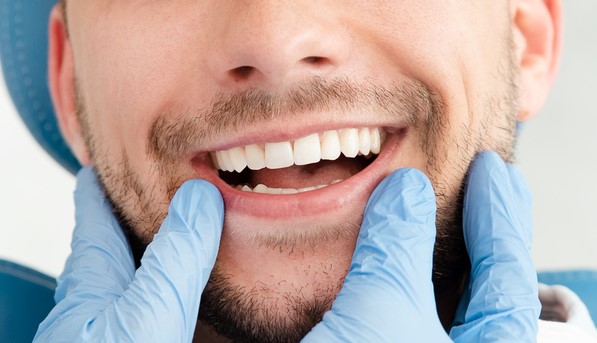
Cost of Invisalign
In New Zealand, just like in any other country, the cost of Invisalign treatment can vary significantly depending on several factors. These factors include the complexity of your case, the duration of the treatment, and the orthodontic clinic you choose for your treatment.
Learn more: How Much Does Invisalign Cost?
In New Zealand, the cost of Invisalign treatment can range on average from $5,000 to $12,000+. This is in line with the price range you might expect for traditional orthodontic treatment modalities like braces.
It’s important to note that these amounts usually encompass the complete treatment experience. This includes the initial consultation, full orthodontic records such as photos, 3D scans, x-rays, creation of your custom Aligners, regular check-ups throughout the treatment, and a set of retainers to be used post-treatment.
However, before committing, it’s always a good idea to inquire if there are any additional costs that may not be included in the initial quotation. For instance, any extractions, additional dental work needed before starting the Invisalign treatment, or potentially replacing lost or broken aligners or the ordering of additional Aligners to achieve your desired outcome.
Many Orthodontists offer flexible payment plans, allowing patients to spread the cost over the treatment period, making this innovative and popular treatment more accessible and affordable.
Care and Maintenance of Your Invisalign Aligners
- Clean your aligners regularly: Proper oral hygiene includes cleaning your Aligners daily. Use a soft toothbrush and mild soap or Orthodontist recommended Invisalign cleaning products to ensure your Aligners stay fresh and free from bacteria.
- Brush and floss your teeth diligently: Maintaining good oral hygiene is crucial during your Invisalign treatment. Brush your teeth at least twice a day and floss daily to keep your teeth and gums healthy. Brushing and flossing after any meals or snacking can be especially helpful.
- Keep your aligners safe: When you’re not wearing your Aligners, store them in their case to protect them from damage or loss. Avoid exposing them to excessive heat or leaving them within reach of pets or small children.
- Avoid food and drink that may stain or damage your aligners: While wearing your aligners, it’s best to stick to consuming water only. Avoid consuming coloured beverages, such as coffee, tea, or red wine, as well as foods that may stain or damage your aligners.
- Maintain regular dental check-ups: Keep up with your regular dental check-ups with your Dentist whilst your are undergoing your follow-up Aligner appointments with your Invisalign Orthodontist. This ensures you maintain excellent overall dental health during treatment.
Alternative brands to Invisalign Clear Aligners
Invisalign is possibly the more well-known Clear Aligner brand. However, there are alternative brands that are a great alternatives to Invisalign. Your Orthodontist can help explain the pros and cons of the other Clear Aligner brands they offer.
Other Aligner brands to rival Invisalign and that are used by New Zealand Orthodontists are: Spark Aligners, 3M Clarity Aligners and Angel Aligners, to name a few. Some practices also offer custom branded, in-house Aligners such as Ulab to provide an even more customised treatment option at a more competitive price point with greater flexibility by utilising 3D printing technologies.
Alternative treatment modalities to Invisalign Clear Aligners
While Invisalign is an excellent choice for many individuals, there are alternative treatment options available. Depending on your specific needs and preferences, your Orthodontist may recommend alternative treatment modalities, such as traditional removable appliances (plates), metal braces, ceramic (clear) braces or lingual braces. It’s important to discuss these options with your Orthodontist to determine the best treatment approach for you.
Traditional (metal) Braces
Traditional braces consist of metal brackets and wires that are bonded to the teeth. They are highly effective for correcting both simple and complex orthodontic issues and are a tried-and-true method for achieving a straight smile and great bite. Traditional braces are less discreet than Invisalign and require regular adjustments by your Orthodontist.
Ceramic (clear) Braces
Ceramic braces are like traditional braces but use tooth-coloured or clear brackets, making them less noticeable. This makes them a popular choice for individuals who want a more discreet treatment option without compromising on effectiveness. Ceramic braces require proper care and maintenance to prevent staining.

Lingual Braces (braces on the insides of your teeth)
Lingual braces are placed on the inner surface of the teeth, making them virtually invisible from the outside – the only truly aesthetic treatment option. They offer the same benefits as traditional braces but with the added advantage of being hidden from view. Lingual braces require specialised expertise, are customised for each individual tooth, and may take some time to get used to.
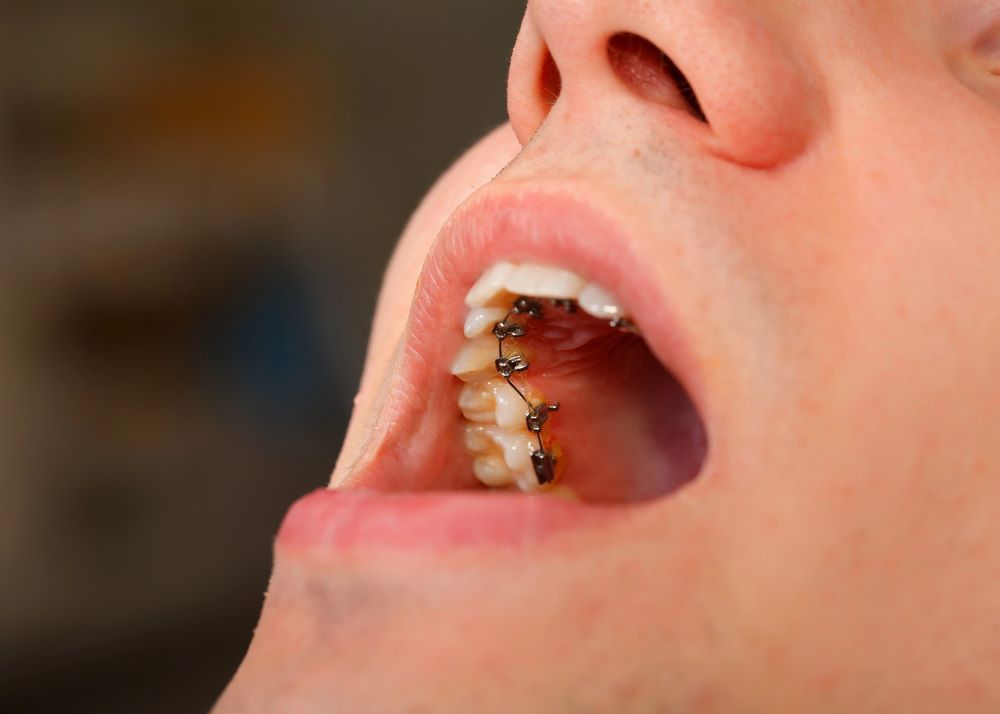
What to do after treatment
Once you’ve reached the final stages of treatment and your teeth have moved into their desired positions, just remember your Invisalign journey doesn’t end there.
To maintain the new positions of your teeth, you will be required to wear retainers. Immediately after treatment, retainers are usually worn full-time for a few months. After this initial period, most Orthodontists recommend wearing them while sleeping. Your Orthodontist will advise on the best retainer protocol for you.
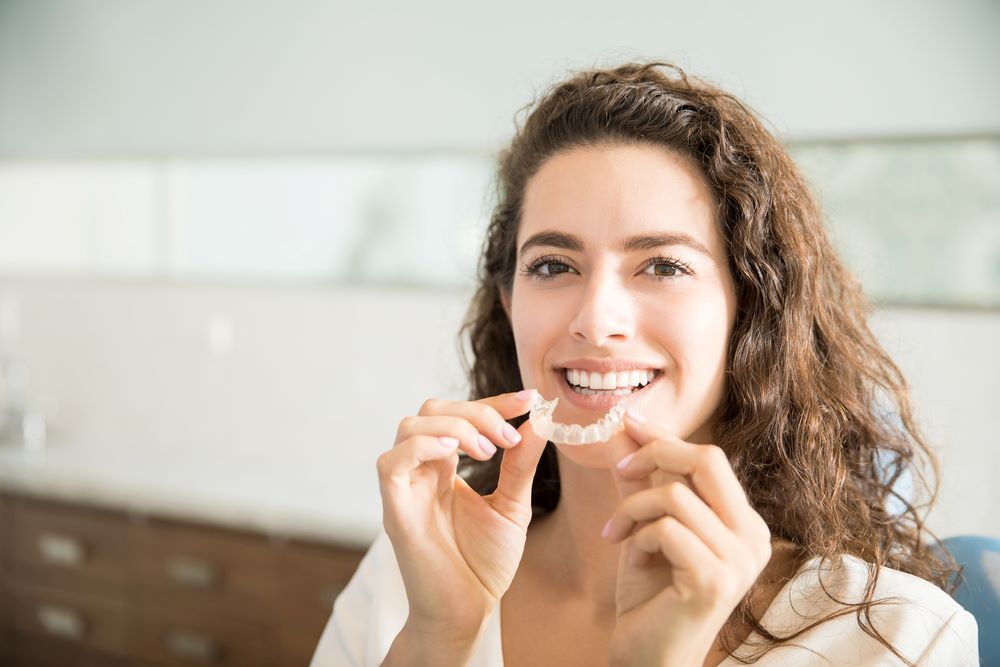
Like Aligners, retainers are custom-made to fit your teeth. They can come in various types, such as removable ones like Invisalign aligners or fixed retainers that are small wires bonded to the backs of your front teeth.
Check-ups continue to be important after your treatment. These visits allow your Orthodontist to ensure your retainers are doing their job in maintaining your new smile, allow them to be checked for any wear and tear and that your oral health remains in top condition. Note, that retainers may need to be replaced every few years. This will depend on how heavily you wear them.
Frequently Asked Questions (FAQs)
1. Can I eat and drink with Invisalign?
Invisalign Aligners are removable, allowing you to eat and drink without any restrictions. However, it’s important to remove your Aligners before consuming anything other than water to prevent staining and damage.
2. Can I play sports or play musical instruments with Invisalign?
Invisalign Aligners are designed to fit comfortably and securely around teeth, allowing you to engage in physical activities and play musical instruments usually without any hindrance. However, it’s important to rather wear a mouthguard during contact sports to protect your teeth, as mouthguards provide better support during contact than Aligners do. Just remember to reinsert your Aligners as soon as you have finished with your game.
3. How often should I wear my Aligners?
To ensure optimal results, wearing your aligners for 20 to 22 hours per day is recommended. Consistency is key in achieving the desired outcome within the estimated treatment timeline.
4. Is Invisalign painful?
When you first start treatment and the teeth move for the first time, there may be some discomfort for one to two days. You may also experience some discomfort or pressure when you switch to a new set of aligners, but this typically subsides within a few days too.
5. Can I drink alcohol while wearing the Aligners?
It’s important to take out your Aligners before having anything to drink, except for water. Keeping them on while drinking could lead to staining, and there’s also a risk of tooth decay when consuming sugary beverages.
6. Will the Aligners slip off while I’m asleep?
The chances of your Aligners coming off while you sleep, talk, or laugh are very low. Invisalign Clear Aligners are designed to fit snugly around your teeth, so there’s no need to worry about them falling out.
7. I am moving to a different country. How can I continue my treatment?
Invisalign treatment is accessible in over 100 countries, and you can transfer your Invisalign treatment to another Specialist Orthodontist who is trained in Invisalign to continue your treatment. Alternatively, your Orthodontist may be able to manage your treatment remotely, depending on its complexity or the stage of treatment. Please have a conversation with your current Invisalign-trained Orthodontist to understand the process and your options.
8. Can I smoke while wearing the Aligners?
We don’t recommend smoking while wearing Aligners because it could potentially cause them to become discoloured.
9. Can I chew gum while wearing the Aligners?
It’s best to avoid chewing gum while wearing your Aligners as the gum might stick to them or distort the plastic. We suggest removing your Aligners for all meals and snacks, including gum chewing.
10. Will wearing the Aligners affect my speech?
Like other orthodontic treatments, Invisalign Aligners may temporarily impact your speech. The more you wear the Aligners the more quickly your mouth will adapt and your speech will improve. This usually happens within a week.
11. Can I switch from braces to Invisalign?
Transitioning from conventional braces to Invisalign treatment may be an option in certain situations. However, this choice hinges on several factors, such as the progress of your orthodontic treatment and the advice of your Orthodontist. Sometimes the Invisalign lab fee will have to be passed on so you may have to be prepared for additional fees. To determine the most suitable approach for your specific situation, it’s crucial to have a discussion with your Orthodontist.
12. Can I wear Aligners if I’m pregnant?
The aligners are manufactured from non-toxic, medical-grade plastic and can be worn during pregnancy. If you have any concerns, please consult your Orthodontist for guidance.
Conclusion
We’ve explored the benefits of Invisalign Clear Aligners, discussed the treatment process, and answered common questions. With their discreet appearance, comfort, ability to be removed, and effective approach to achieving a straighter smile, Invisalign has become a suitable treatment option in orthodontics.
Whether you’re considering Invisalign or currently undergoing treatment, this guide equips you with valuable and truthful insights to make your journey towards a confident and beautiful smile a smooth and informed one.
Find a NZAO Specialist Orthodontist to see if Invisalign is the right choice for you.
Disclaimer: The information provided in this article is for educational purposes only and does not substitute professional advice. Please consult with a qualified orthodontist for personalised recommendations and treatment options.
